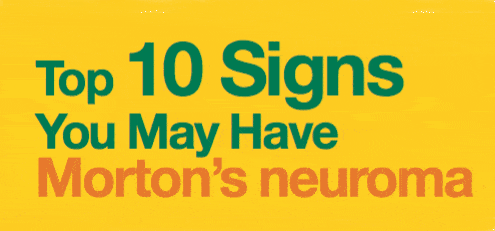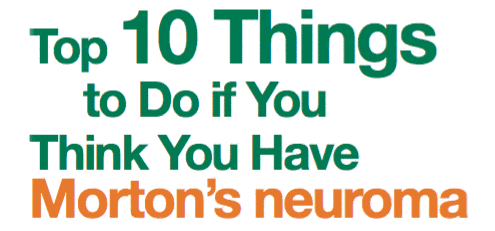Reviewed by Janet D. Pearl, MD, MSc
Persistent fore-foot pain is the most common complaint with Mortons neuroma but it may be so non-specific that morton neuroma can be easily misdiagnosed for many other medical and musculoskeletal conditions such as bursitis, arthritis, metatarsophalangeal (MTP) joint synovitis and tarsal tunnel syndrome.
Morton’s neuroma is one of the commonest and most frequently reported causes of fore-foot pain that can potentially lead to severe complications in poorly managed cases.
Research and clinical data indicates that Morton’s neuroma can be diagnosed with precision by careful history taking and thorough clinical examination in about 90 – 95% cases(1).
The classic clinical signs of Morton’s neuroma that are helpful in making the diagnosis of this condition are:
The involvement of first and second toe is rare (reported in less than 25-30% cases) due to anatomical as well as biomechanical factors(2). Morton’s neuroma occurs in one foot only in over 70% cases. In less than 30% cases, Morton’s neuroma may exist bilaterally(1).
The most characteristic symptom of Morton’s neuroma is the location and radiation of pain. In vast majority of cases, the pain originates in the mid-foot and radiates to the toe region. The pain or discomfort may range from a mild burning or tingling sensation to severe crushing/ aching pain (as if you are standing on a marble).
A ‘V’ distribution of pain is sometimes observed in Morton’s neuroma. You may feel localized numbness the metatarsal spaces AND in the affected toes. The severity of symptoms is highly variable.
Some individuals report pain after certain activities, while others may experience persistent pain/ numbness. However worsening of pain with certain physical activities is a clear sign that a medical consultation is necessary. In addition, you may experience worsening of pain and stiffness with prolong use of tight, constricting, or high-heeled shoes. Typically, the pain is relieved with rest and gently massaging of the affected area.
It is extremely important to see a clinician experienced in diagnosing Morton’s Neuroma. There are many conditions that can mimic Morton’s neuroma.
References:


By providing us with your information you are consenting to the collection and use of your information in accordance with our Terms of Service and Privacy Policy.